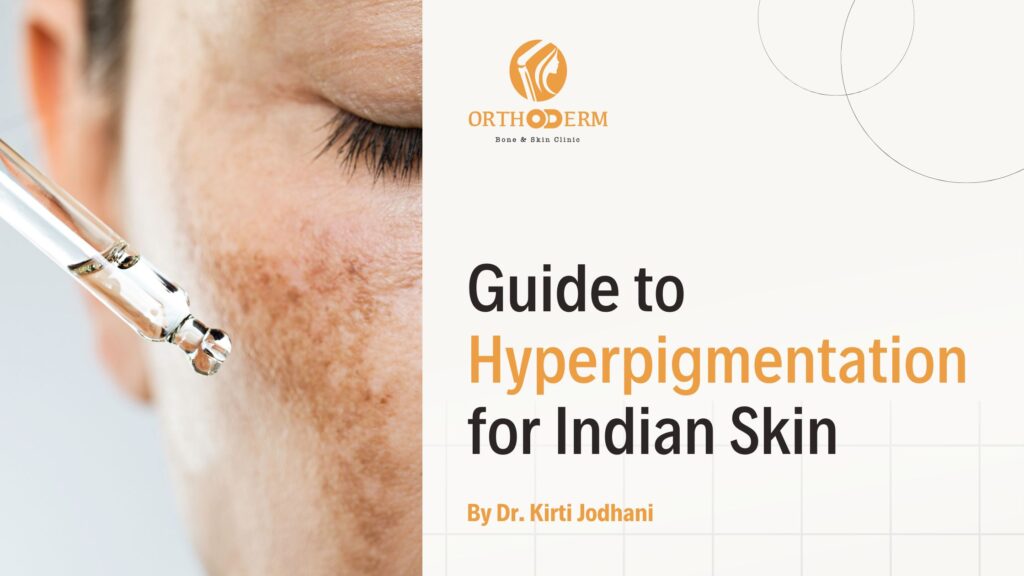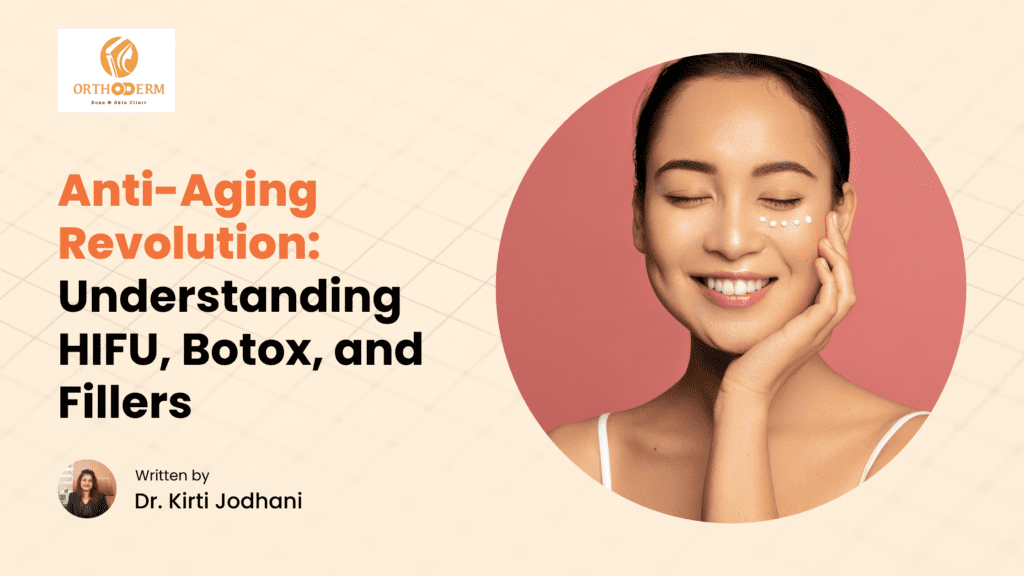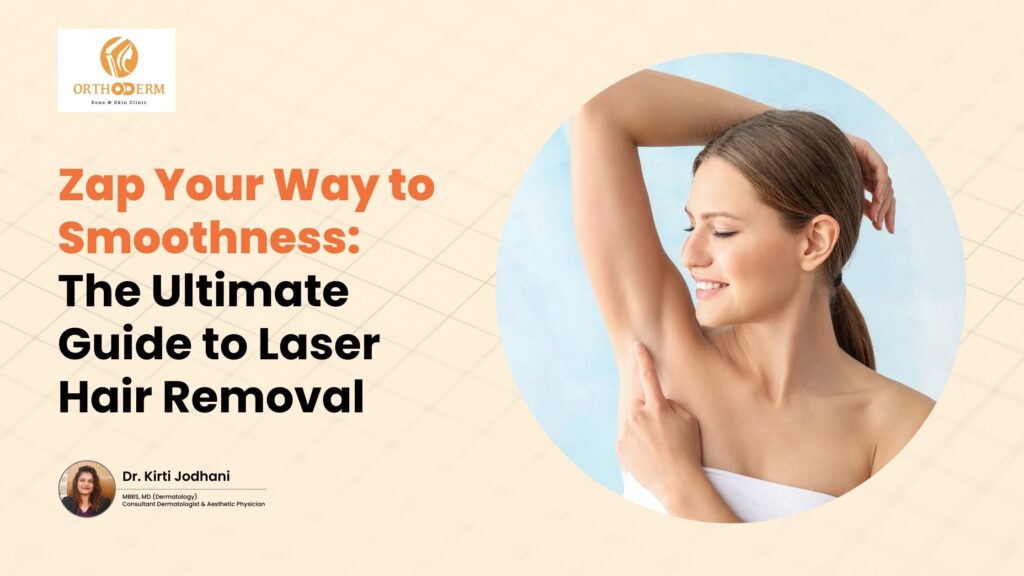As a dermatologist, I see many patients concerned about hyperpigmentation, those darkened patches or spots that can appear on the skin. While this is a common skin concern for people of all skin tones, it’s especially prevalent among those with beautiful, rich Indian skin.
In this blog post, I’ll be your guide to understanding hyperpigmentation and how to manage it effectively. We’ll explore why Indian skin is more prone to this condition, delve into the different types you might encounter, and uncover the best strategies for prevention and treatment. So, let’s get started on achieving that even, radiant complexion you deserve!
Understanding Hyperpigmentation in Indian Skin
Hyperpigmentation occurs when the skin produces excess melanin, the pigment that gives our skin its color. In Indian skin, this can manifest in a variety of ways. Here’s why understanding these unique presentations is crucial:
- Melanin Powerhouse: Indian skin naturally has a higher concentration of melanin compared to lighter skin tones. This makes it more effective at shielding us from the sun’s harmful UV rays, but it also means any disruption in melanin production can lead to more noticeable hyperpigmentation.
- Sun Sensitivity on High: Unfortunately, Indian skin tends to be more sensitive to sun damage. That means even minimal sun exposure, without proper protection, can trigger melanin production and lead to hyperpigmentation.
- Types with a Twist: The most common types of hyperpigmentation, like melasma and post-inflammatory hyperpigmentation (PIH), can appear differently on Indian skin. For instance, melasma might show up with a more prominent brown or gray cast, and PIH can leave darker, stubborn marks.
By understanding these unique factors, we can develop a targeted approach to prevent and treat hyperpigmentation in Indian skin. In the next section, we’ll explore the specific triggers that can cause these unwanted discolorations.
Prevention is Key
The good news is that many cases of hyperpigmentation are preventable! Here are two key areas where we can make a significant difference:
Sun Protection is Non-Negotiable:
For Indian skin, sun protection is absolutely essential. Daily use of a broad-spectrum sunscreen with SPF 30 or higher is crucial, regardless of the weather. Look for labels mentioning “PA+++” for added protection against UVA rays, which penetrate deep into the skin and contribute to hyperpigmentation. Remember to reapply sunscreen every two hours, especially after sweating or swimming.
Lifestyle Tweaks for Lasting Results:
Beyond sun protection, a healthy lifestyle can go a long way in preventing hyperpigmentation. Here are some tips:
- Fuel Your Skin From Within: Fill your plate with antioxidant-rich fruits and vegetables, which help combat free radical damage that can trigger hyperpigmentation.
- Stress Less, Glow More: Chronic stress can wreak havoc on your skin, including triggering hyperpigmentation. Prioritize stress-management techniques like meditation or yoga for a calmer, healthier complexion.
- Beauty Sleep is Real: Aim for 7-8 hours of quality sleep each night. During sleep, your skin repairs and regenerates, helping to prevent hyperpigmentation and promote an overall radiant look.
By incorporating these preventive measures, you’ll be laying a strong foundation for managing hyperpigmentation and achieving a more even skin tone. In the next section, we’ll explore treatment options to address existing hyperpigmentation.
Treatment Options
While prevention is ideal, sometimes hyperpigmentation can still occur. Here, we’ll explore some treatment options specifically suited for Indian skin:
Topical Creams
Certain topical creams can be helpful in lightening hyperpigmentation. These may contain ingredients like hydroquinone, kojic acid, licorice extract, or vitamin C. It’s important to remember that results can take time, and some ingredients may cause irritation in sensitive skin. It’s always best to consult me, your dermatologist, to determine the most suitable cream for your unique needs and skin type.
Chemical Peels
A carefully selected chemical peel can help remove the top layer of skin, promoting cell turnover and reducing the appearance of hyperpigmentation. However, for Indian skin, choosing the right peel strength and type is crucial to avoid post-inflammatory hyperpigmentation. I can guide you through the various peel options and recommend the safest and most effective approach for your specific case.
Remember, these are just some general options. There are other treatment modalities available, and the best course of action will depend on the severity and type of your hyperpigmentation. In the next section, I’ll address some common concerns regarding treatment options for Indian skin.
Addressing Common Concerns
I understand that navigating hyperpigmentation treatments for Indian skin can raise some specific questions. Here, I’ll address a couple of common concerns:
Laser Treatments and Darker Skin Tones
Laser treatments can be very effective for hyperpigmentation, but there’s a concern about post-inflammatory hyperpigmentation (PIH) being more likely in darker skin tones. This is true, and that’s why consulting a dermatologist experienced with lasers for Indian skin is crucial. We can choose the right laser type and settings to minimize this risk and achieve optimal results.
Natural Remedies: A Safe Bet?
There’s a lot of information online about natural remedies for hyperpigmentation. While some ingredients like turmeric or licorice extract may have mild lightening properties, it’s important to be cautious. Harsh ingredients like lemon juice can irritate and damage the skin, worsening hyperpigmentation. Always consult me before trying any new product, even natural ones.
Remember, consistency is key with any treatment plan. I’ll work with you to develop a personalized approach that considers your unique skin and preferences. In the final section, let’s wrap up with some key takeaways.
Conclusion
Hyperpigmentation is a common concern, but with the right knowledge and approach, you can achieve a more even and radiant complexion.
In this blog post, we’ve explored the unique characteristics of Indian skin and how they influence hyperpigmentation. We discussed preventive measures like daily sun protection and healthy lifestyle choices, along with treatment options like topical creams and chemical peels.
Remember, I’m here to guide you every step of the way. Don’t hesitate to call us at 070020 33804 and schedule a consultation to discuss your specific concerns and develop a personalized treatment plan. By working together, we can effectively manage hyperpigmentation and help you achieve the glowing, even-toned skin you deserve.
FAQs about Hyperpigmentation for Indian Skin
Here are some of the most frequently asked questions I receive about hyperpigmentation in Indian skin:
What are the different types of hyperpigmentation?
There are several types of hyperpigmentation, including melasma, post-inflammatory hyperpigmentation (PIH), sun spots, and freckles. Each type has a slightly different appearance and cause. In the “Understanding Hyperpigmentation in Indian Skin” section above, we discussed how these types might present differently on Indian skin tones.
What causes hyperpigmentation in Indian skin?
Sun exposure is a major trigger for hyperpigmentation in all skin tones, but Indian skin tends to be more sensitive. Other factors include hormonal changes, certain medications, and skin conditions like acne. We explored these triggers in detail in the “Understanding Hyperpigmentation in Indian Skin” section.
Are there any home remedies for hyperpigmentation?
Some natural ingredients like turmeric or licorice extract may have mild lightening properties. However, it’s important to be cautious. Harsh ingredients like lemon juice can irritate the skin and worsen hyperpigmentation. It’s always best to consult me before trying any new product, even natural ones.
What are the safest and most effective treatments for hyperpigmentation in Indian skin?
The best course of treatment will depend on the severity and type of your hyperpigmentation. Topical creams with ingredients like hydroquinone, kojic acid, or licorice extract, and chemical peels can be effective options. However, it’s crucial to consult a dermatologist experienced with treating Indian skin to minimize the risk of side effects. We discussed treatment options in the “Treatment Options” section above.
I’m scared of lasers because of my dark skin tone. Are there other options?
Laser treatments can be very effective, but there’s a concern about PIH in darker skin tones. That’s why consulting a dermatologist experienced with lasers for Indian skin is essential. We can choose the right laser type and settings to minimize this risk. There are also other treatment options available, and we can discuss the best approach for you during a consultation.
If you have any further questions or concerns about hyperpigmentation in your skin, please don’t hesitate to call us at 070020 33804 and schedule a consultation with me. I’m here to help you achieve a clear, even, and radiant complexion!




nice post shared.